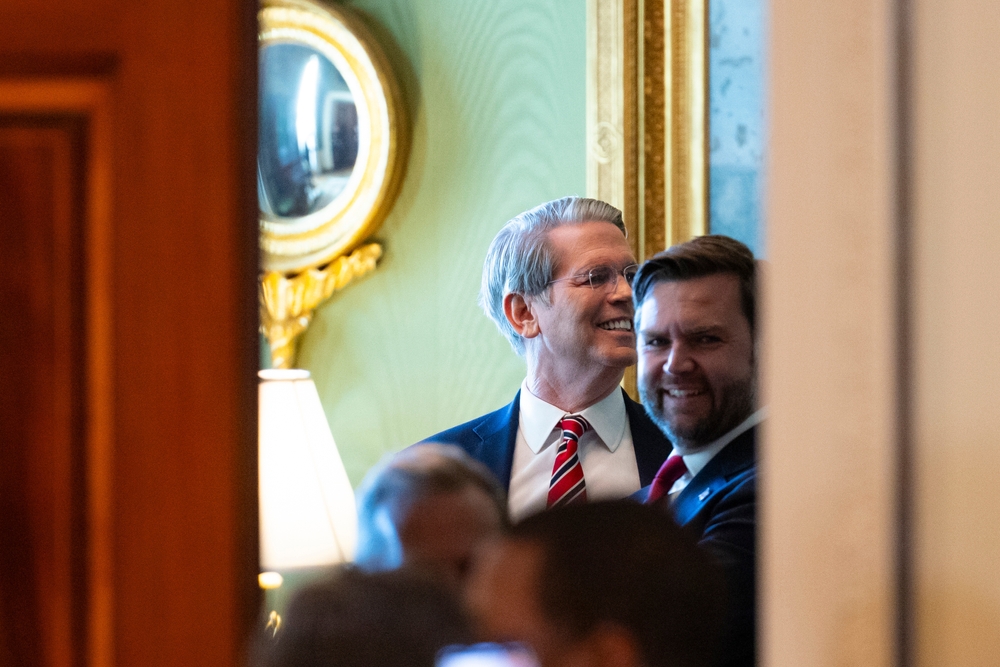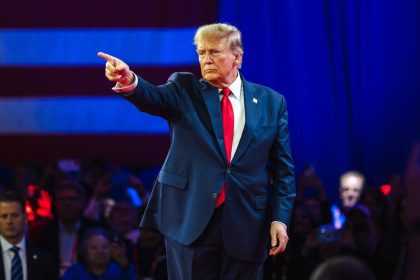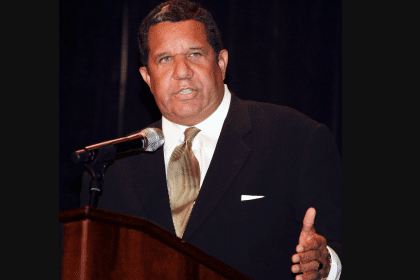The high-stakes economic chess match between the world’s two largest powers just took an unexpected turn. After years of escalating tensions that kept businesses and investors on edge, Washington and Beijing have finally decided to ease off the gas pedal—at least temporarily.
The cooling-off period
In a surprising development that has market watchers breathing a collective sigh of relief, the US and China announced Monday they’re scaling back some of the punishing tariffs that have defined their relationship since the Trump administration first cranked up trade pressures.
The news came following two days of intense negotiations in Geneva, where diplomats huddled in conference rooms overlooking Lake Geneva’s pristine waters while hammering out what could be the beginning of the end for one of the most disruptive economic standoffs in recent memory.
Under the new agreement, the US will drop its additional value-based duties by 24 percent for an initial 90-day period, leaving a 10 percent tariff in place as a reminder that tensions haven’t completely disappeared. China responded in kind, matching the American reduction while maintaining its own 10 percent tariff floor.
Market reaction: thumbs up
The announcement sent an immediate jolt through global markets. Stock exchanges from Hong Kong to New York to London lit up green as investors embraced the prospect of reduced trade friction between economies that together account for more than 40 percent of global economic activity.
This positive response isn’t surprising. For years, the uncertainty surrounding US-China trade relations has cast a long shadow over business planning and investment decisions worldwide. Companies have struggled with supply chain disruptions, unexpected cost increases, and the constant threat of new tariffs appearing overnight.
Beyond tariffs: rebuilding bridges
Perhaps more significant than the immediate tariff reductions is the agreement to establish an ongoing dialogue mechanism. This suggests both sides recognize that their economic fortunes remain deeply intertwined despite recent efforts to reduce dependencies.
The joint statement emphasized moving forward “in the spirit of mutual opening, continued communication, cooperation, and mutual respect”—diplomatic language that signals a potential shift away from the confrontational stance that has dominated bilateral relations.
The negotiation dream team
Both countries have assigned heavyweights to lead future discussions. China has tapped Vice Premier He Lifeng, while the US will be represented by Treasury Secretary Scott Bessent and Trade Representative Jamieson Greer.
These talks will alternate between locations in China, the United States, or mutually agreed third countries, with working-level consultations filling the gaps between major meetings. This structured approach represents a stark contrast to the unpredictable, often tweet-driven trade policy of recent years.
Rolling back the Trump tariffs
As part of the agreement, Washington has committed to rolling back tariffs imposed through executive orders signed by President Trump in early April. These orders had targeted a wide range of Chinese imports, including goods from Hong Kong and Macau.
Beijing, for its part, has agreed to suspend its retaliatory tariffs and remove non-tariff countermeasures that had made life difficult for American exporters hoping to access the Chinese market.
The broader diplomatic context
This breakthrough doesn’t exist in isolation. The Biden administration had begun the process of cooling trade tensions, and the Trump White House appears to be continuing that trajectory, albeit with its own distinct approach and messaging.
Just days before the China announcement, the US reached a framework agreement that would reset most tariffs on imports from the United Kingdom, suggesting a broader recalibration of American trade policy may be underway.
Real impact or just a temporary reprieve?
While the agreement marks a positive development, trade experts caution against excessive optimism. The initial tariff suspension period is just 90 days, leaving open the possibility that tensions could flare again if negotiations stall.
Moreover, the core structural issues that drove the trade conflict in the first place—including concerns about market access, intellectual property protection, state subsidies, and technology transfer—remain largely unresolved.
The road ahead
The coming months will be crucial in determining whether this represents a genuine thaw or merely a tactical pause. Both sides face domestic political pressures that could complicate efforts to reach more comprehensive agreements.
For businesses caught in the crossfire, the immediate relief is welcome, but the lingering uncertainty means many will likely continue their efforts to diversify supply chains and reduce vulnerability to future trade disruptions.
Global implications
Beyond the bilateral relationship, this development has significant implications for the global trading system. The US-China trade war had accelerated trends toward economic fragmentation and undermined confidence in multilateral institutions like the World Trade Organization.
If the two economic superpowers can find a path toward more constructive engagement, it could help revitalize international economic cooperation at a time when multiple crises—from pandemic recovery to climate change—demand coordinated responses.
As the 90-day clock starts ticking, businesses, investors, and policymakers worldwide will be watching closely to see whether this represents the beginning of a new chapter in US-China economic relations or merely a brief intermission in an ongoing drama.


















